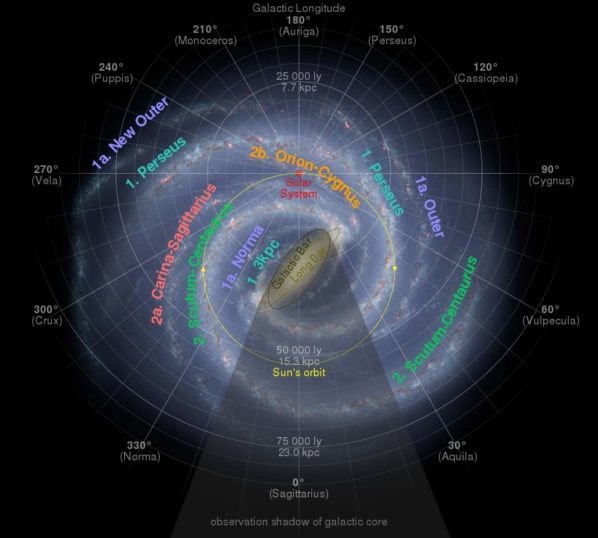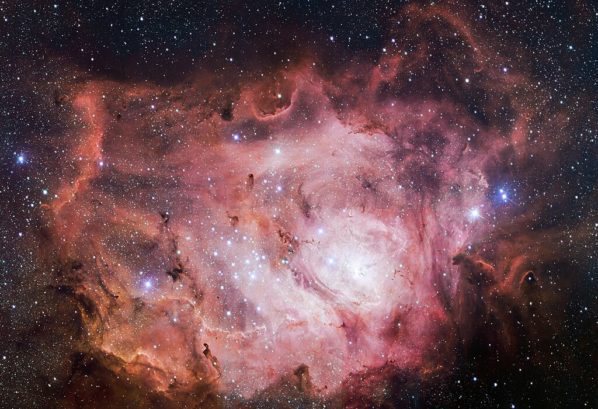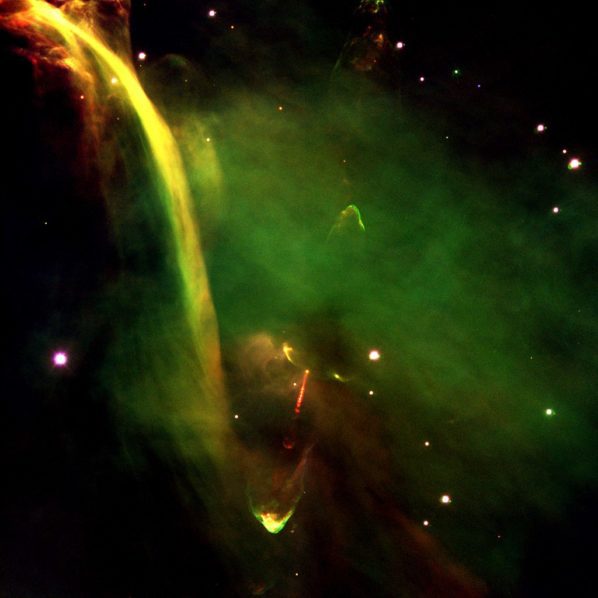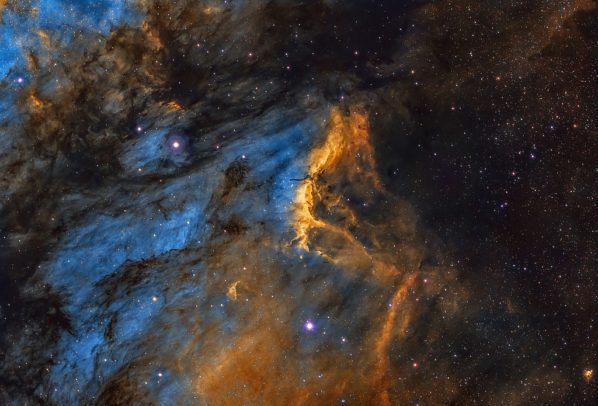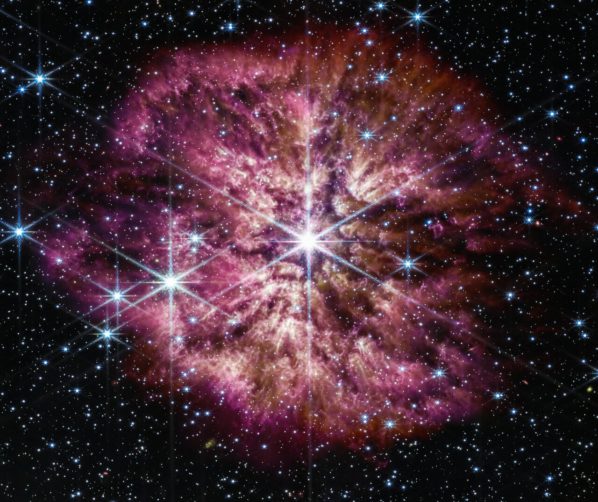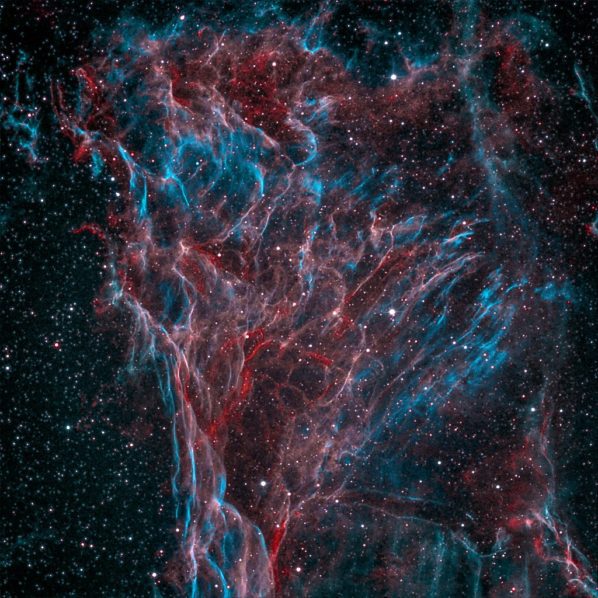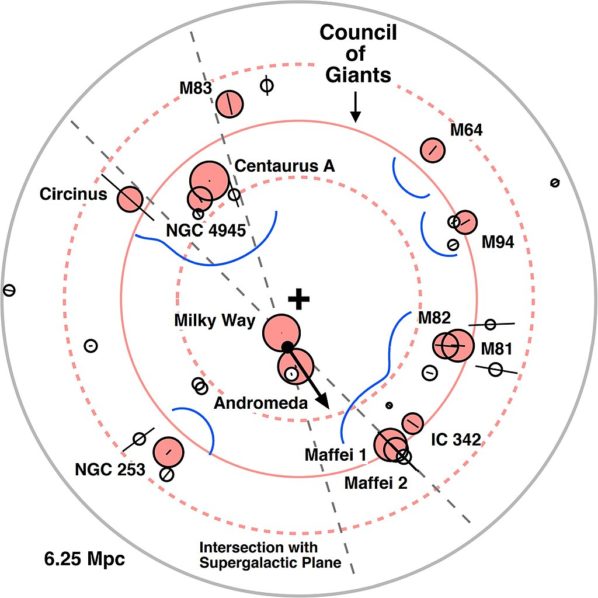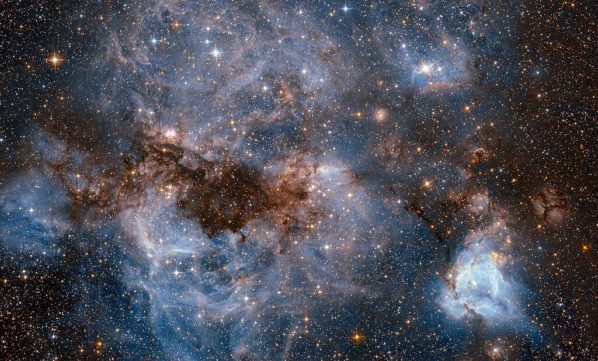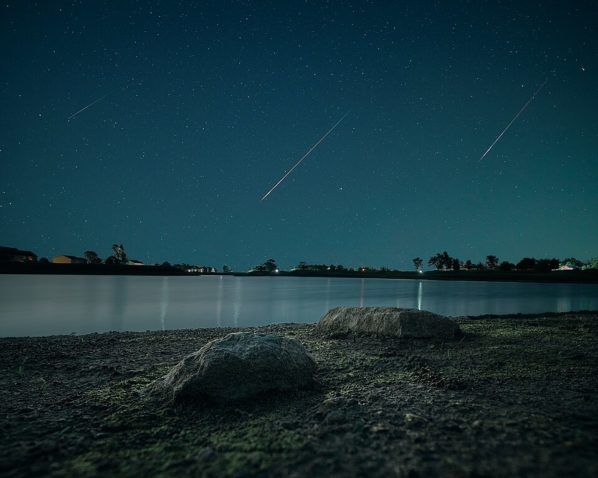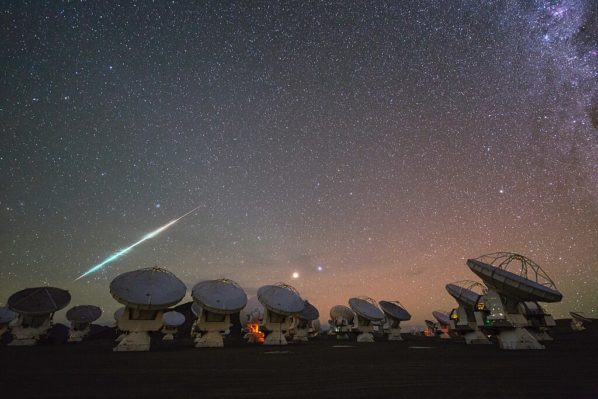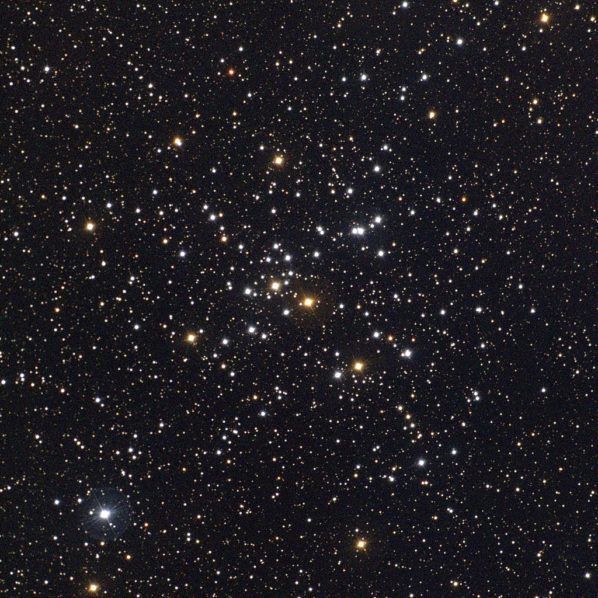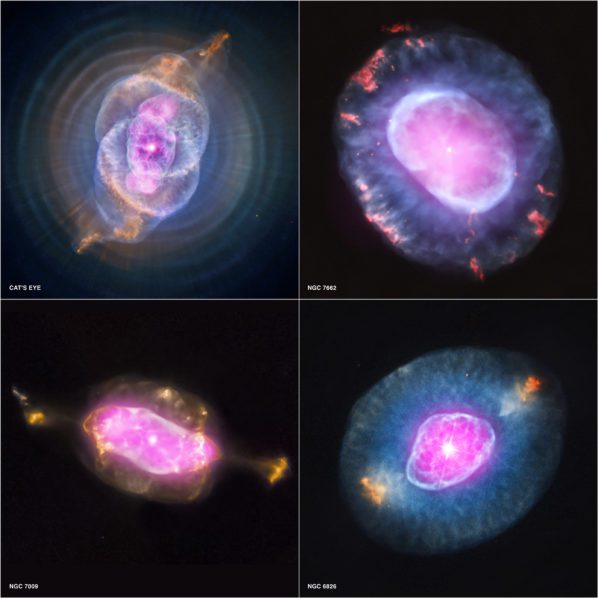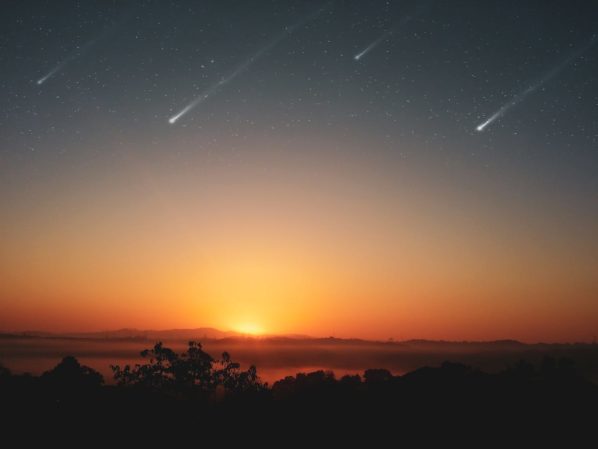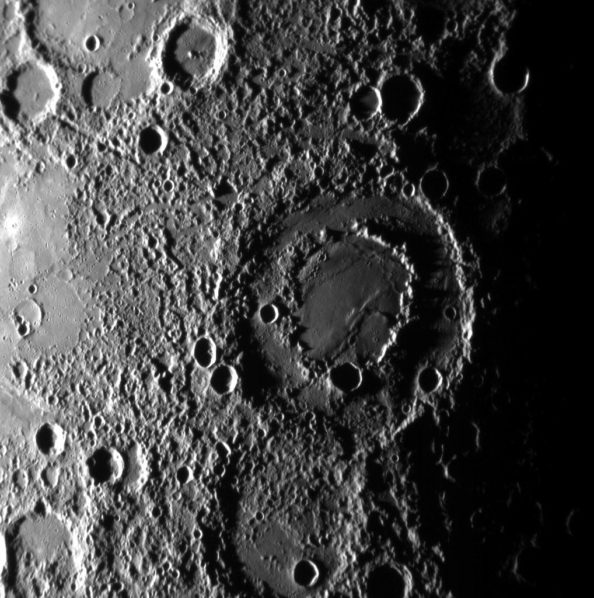Astronomy
Embark on an astronomical journey. Explore the cosmos, study celestial objects, and unravel the mysteries of the universe through astronomy's fascinating realm.
Carina-Sagittarius Arm of the Milky Way Galaxy
Explore the mysteries of the Carina-Sagittarius Arm in the Milky Way, a minor spiral arm revealing unique celestial features and offering insights into the galaxy's dynamic structure.
NGC 6523: A Close Look at the Lagoon Nebula
Explore the captivating Lagoon Nebula (NGC 6523) in Sagittarius, unveiling unique structures and ongoing star formation mysteries in this celestial gem.
What Are Herbig-Haro Objects
Unlock the secrets of Herbig-Haro objects – cosmic signposts revealing the dynamic birth of stars. Explore their unique properties and significance in shaping our understanding of mass loss, shockwave physics, and the early stages of star formation.
Pelican Nebula Unveiled: A Stellar Odyssey through Cygnus
Explore the Pelican Nebula: a celestial marvel with a unique shape, ionized hydrogen, and newborn stars. Discover its role in the Milky Way's cosmic tale.
What Is a Wolf-Rayet Star?
Uncover what is a Wolf-Rayet star. Explore their extreme temperatures, massive scale, and significant role in shaping the galactic landscape. Join us in unraveling the mysteries of these celestial giants.
Pickering’s Triangle: Unveiling the Beauty of Stellar Remnants
Discover Pickering's Triangle: a stunning cosmic remnant within the Veil Nebula, offering a mesmerizing glimpse into the aftermath of a supernova explosion in Cygnus.
What Is the Council of Giants?
Embark on a cosmic journey through the Council of Giants, exploring the enigmatic structures and active cores of giant galaxies in the Local Sheet. Witness the dynamic evolution shaping these celestial wonders within our cosmic neighborhood.
What Is an H II Region?
Dive into H II regions—luminous celestial nurseries revealing stellar birth and cosmic evolution. Explore their secrets observed across wavelengths, illuminating the interstellar dance of ionized hydrogen.
What Is the Zenithal Hourly Rate: Understanding Meteor Shower Peaks
Discover the Zenithal Hourly Rate (ZHR) and its role in gauging meteor shower intensity. Learn how this astronomical metric sets expectations, factors influencing its accuracy, and its significance in predicting celestial displays.
How Is a Fireball (Or Bolide) Different From a Meteor?
Learn the difference between a meteor, fireball, bolide, and superbolide. Explore their luminosity, duration, and unique traits, gaining insights into cosmic dynamics and atmospheric interactions.
Stargazing Calendar for January 2024
Explore the celestial wonders of stargazing this January 2024, featuring a breathtaking lineup of events. From meteor shower peaks and planetary conjunctions to the enchanting ascent of clusters like the Little Beehive, dive into a month of awe-inspiring astronomical marvels that illuminate the night sky.
What Is the New General Catalogue of Nebulae and Clusters of Stars? (NGC)
The New General Catalogue (NGC): 7,840 celestial wonders curated by John Louis Emil Dreyer in 1888, guiding astronomers in their cosmic exploration.
What Is the Antihelion Source Meteor Shower?
The Antihelion source meteor shower is a celestial event where meteors streak from a point opposite to the Sun in the sky, offering a unique display of cosmic beauty.
The Necklace Nebula: A Heavenly Jewel in Our Universe
The Necklace Nebula, a stunning planetary nebula in Sagitta, formed as a star engulfed its companion, crafting a captivating celestial jewel 15,000 light-years away.
Why Does Mercury Have So Many Craters? A Deep Dive Into the Planet’s Origins
Mercury's cratered surface tells a story of ancient chaos: a collision reshaped it, while unyielding asteroid strikes etched its scars. Without an atmosphere to shield it, the planet's history is written in its rugged terrain and volcanic plains.

